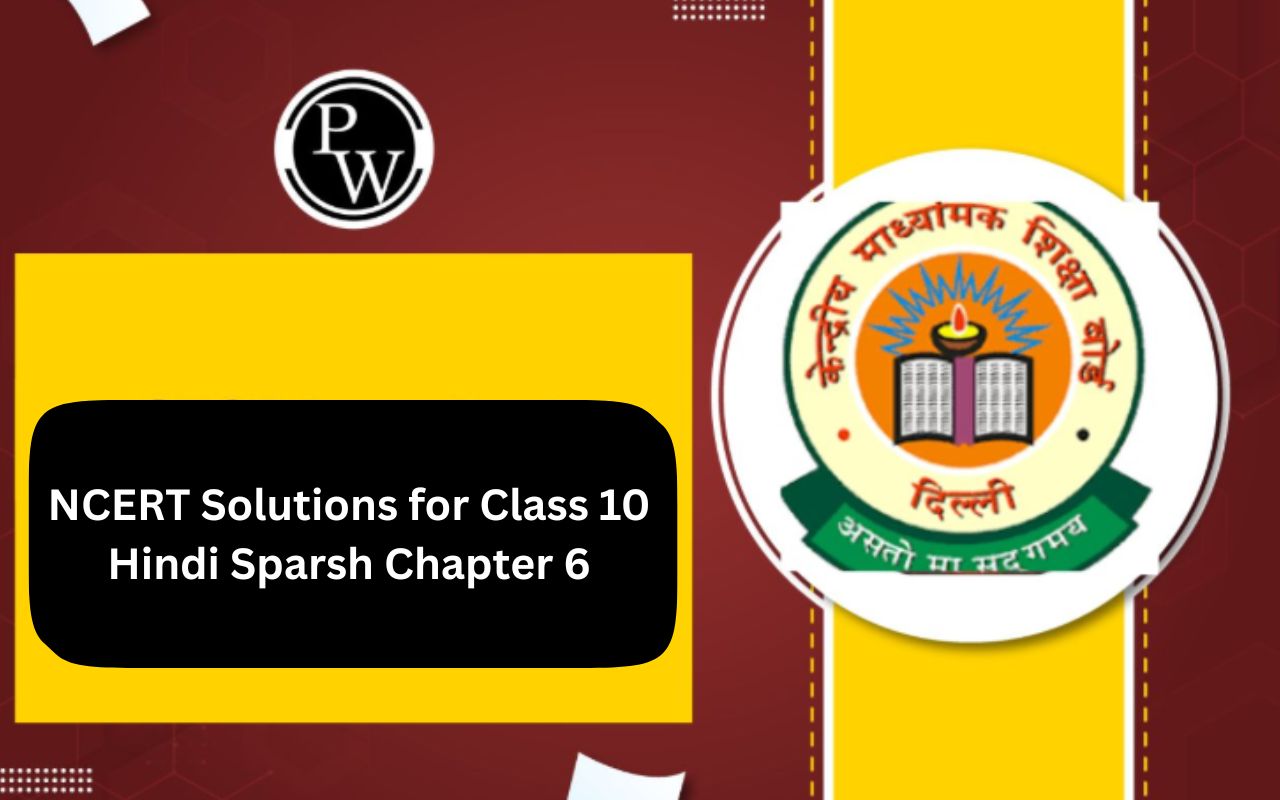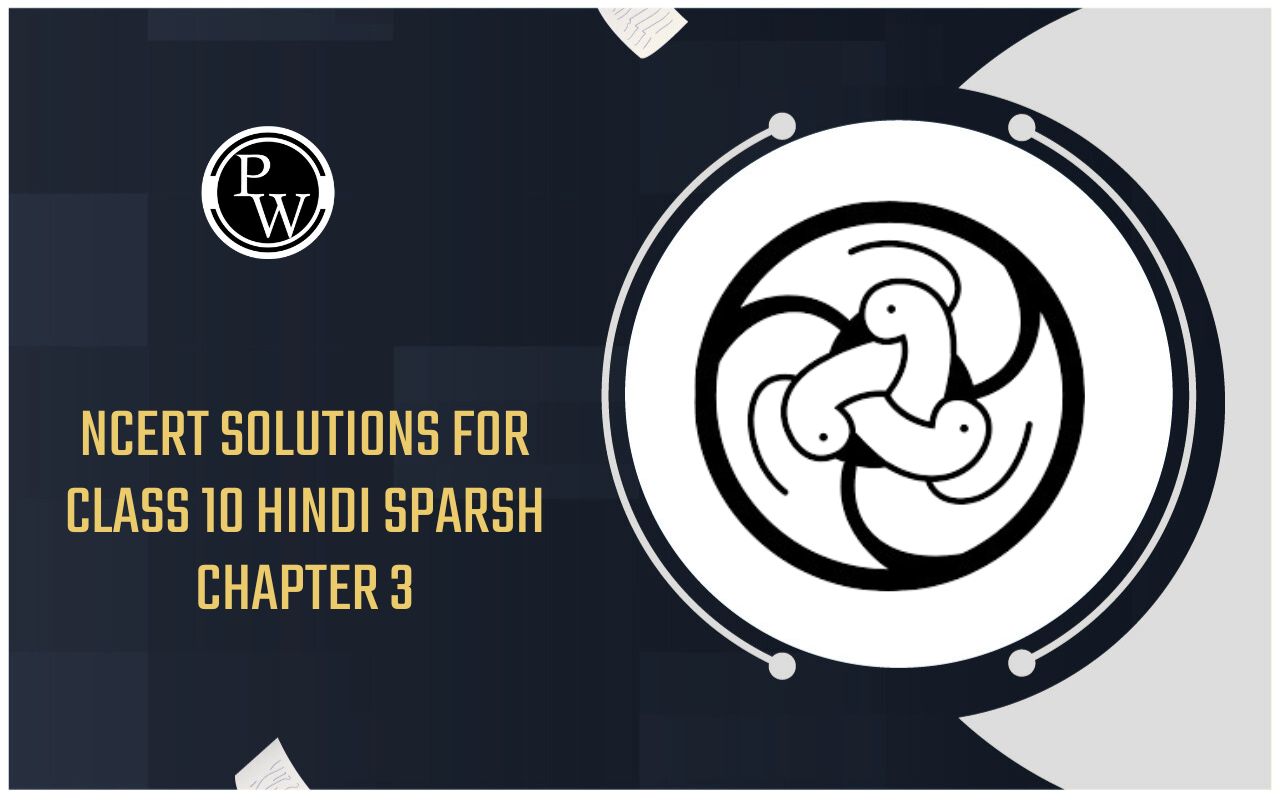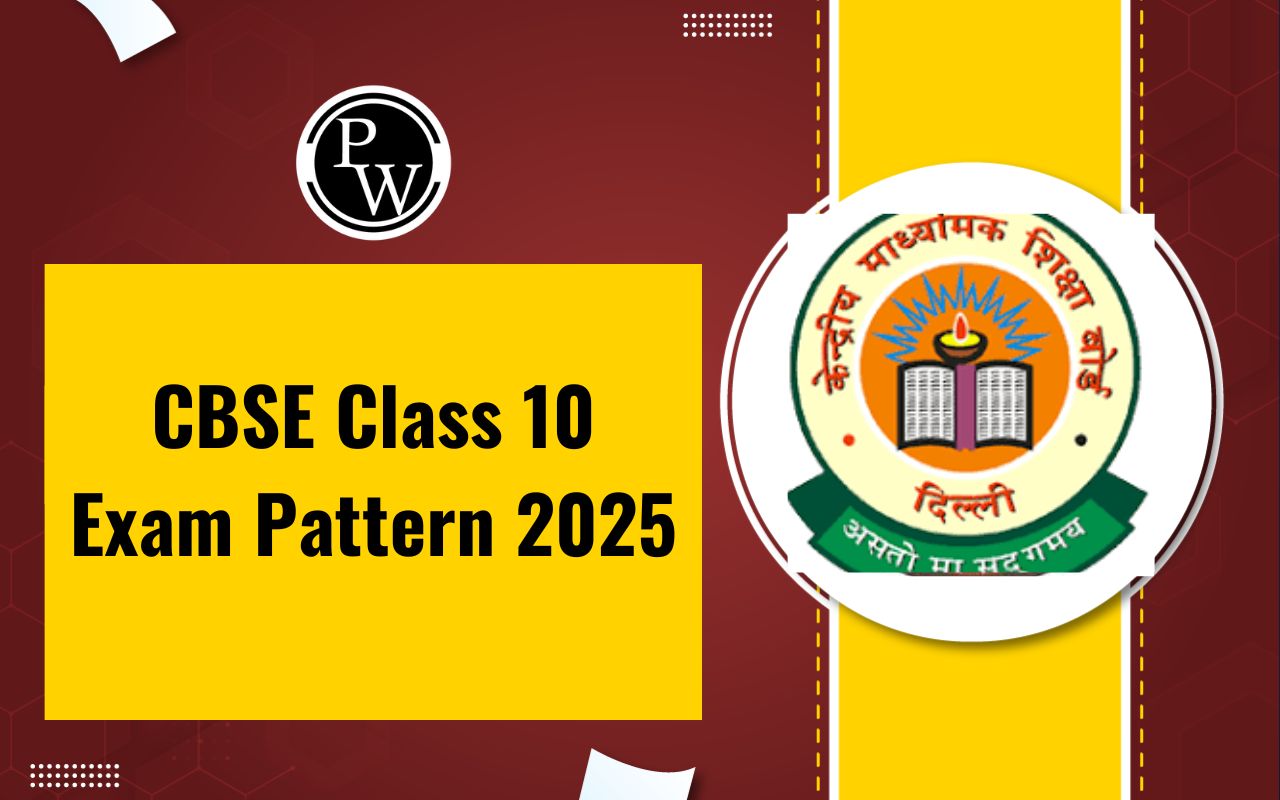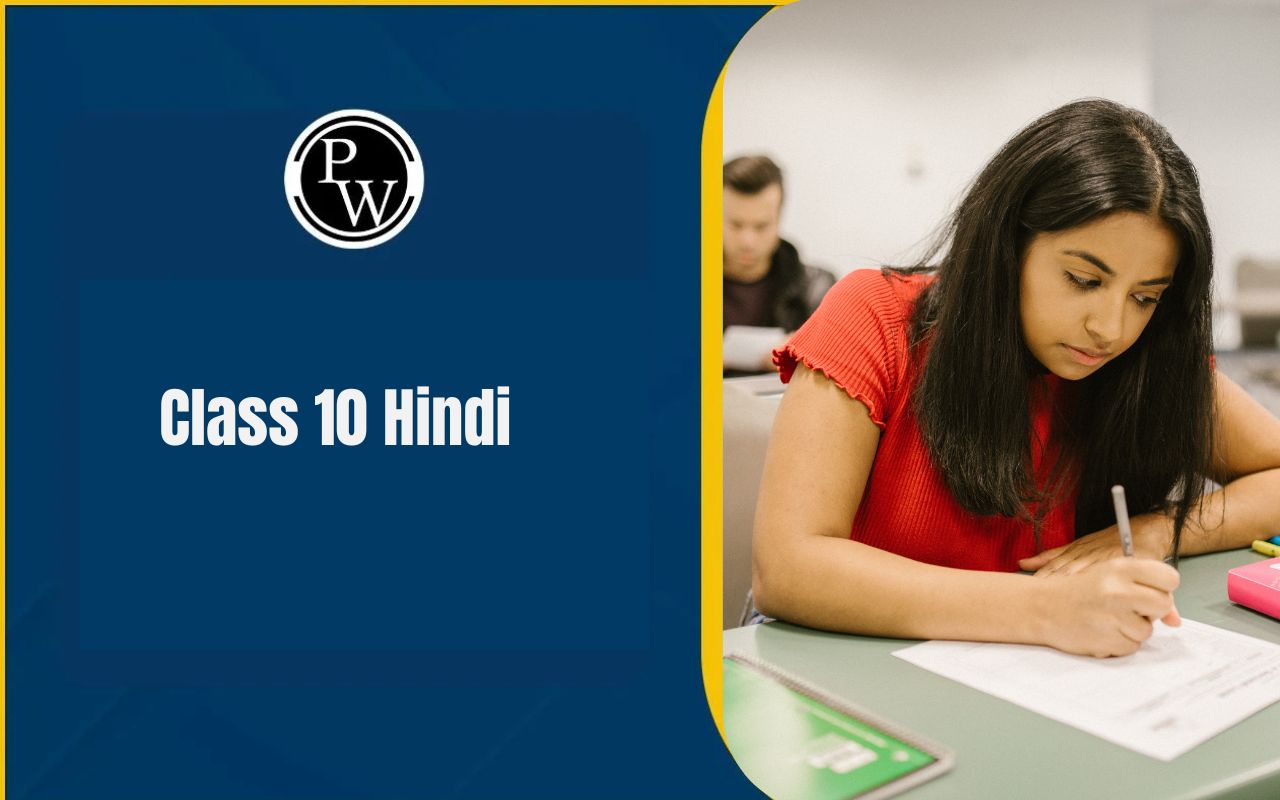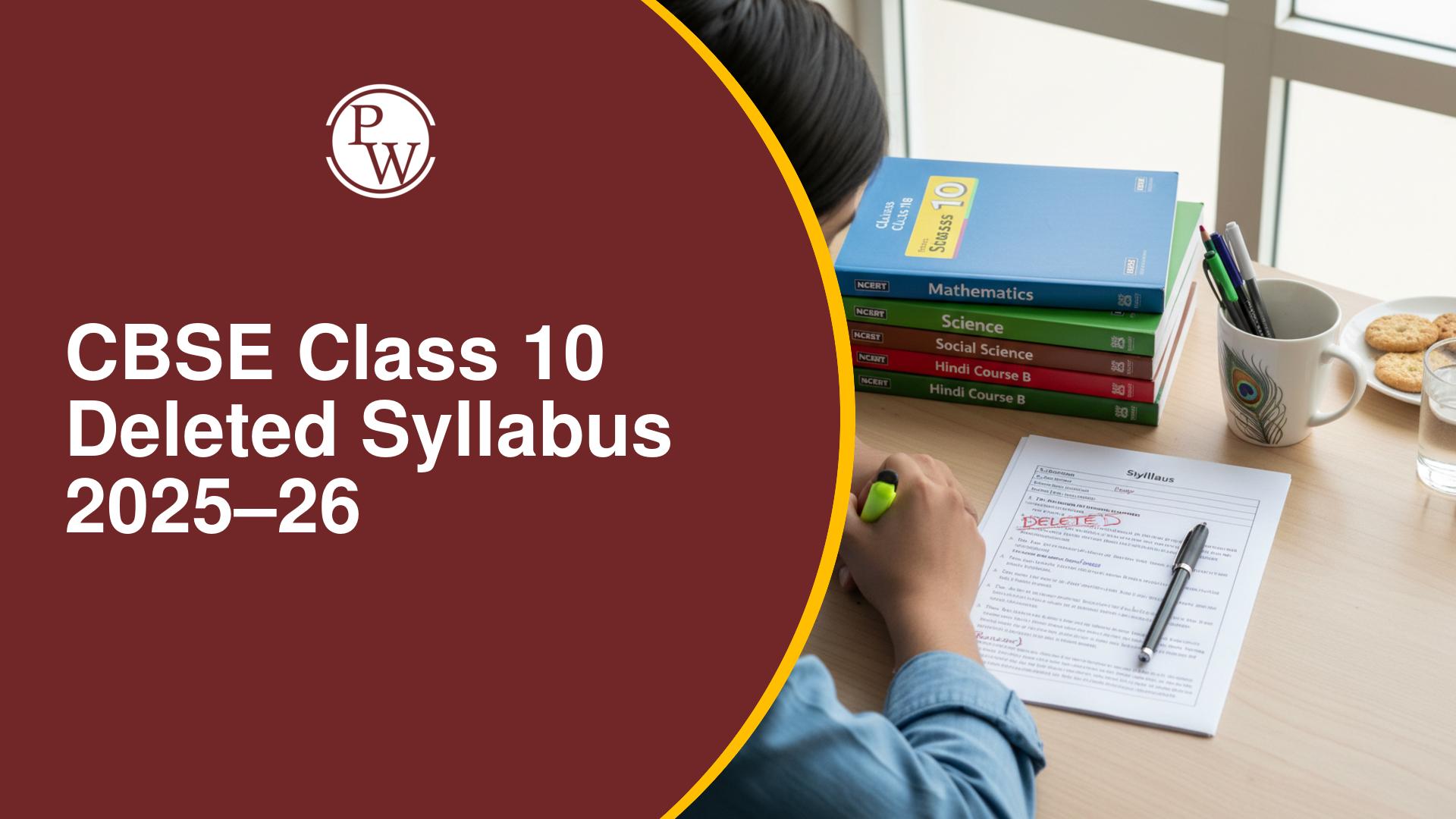
NCERT Solutions for Class 10 Science Chapter 8: Students can do well on their CBSE examinations by using the NCERT Solutions for Class 10 Science Chapter 8 questions. Detailed solutions to the NCERT textbook questions are given so students can compare their answers to the sample responses.
Chapter 8 of NCERT Science Solutions for Class 10: How Do Organisms Reproduce explains the NCERT textbook questions and exercises. Students can rely on these NCERT Solutions, thoroughly prepared by highly experienced specialists, for a clear understanding.NCERT Solutions for Class 10 Science Chapter 8 Overview
Chapter 8 of the NCERT Class 10 Science book, "How do Organisms Reproduce?", explores the biological processes by which living organisms produce new individuals. The chapter discusses both asexual and sexual reproduction, highlighting the importance of reproduction for the survival of species. Asexual reproduction, common in single-celled organisms like bacteria, involves methods such as fission, budding, spore formation, and vegetative propagation, resulting in offspring genetically identical to the parent. The chapter explains each method with examples.NCERT Solutions for Class 10 Science Chapter 8 PDF Download
The chapter also touches on reproductive health, emphasizing the importance of family planning, contraception, and the prevention of sexually transmitted diseases (STDs). It concludes with a discussion on the role of DNA in inheritance, explaining how variation and evolution are linked to reproduction. This chapter gives a holistic understanding of how organisms ensure continuity of life. Hence, here we have provided NCERT Solutions for Class 10 Science Chapter 8 How do Organisms Reproduce? pdf -NCERT Solutions for Class 10 Science Chapter 8 PDF
NCERT Solutions for Class 10 Science Chapter 8 How do Organisms Reproduce?
Here we have provided NCERT Solutions for Class 10 Science Chapter 8 -1. What is the importance of DNA copying in reproduction?
Solution:
All living things' cells contain genetic material called deoxyribonucleic acid, or DNA. Genetic information is passed down from generation to generation via DNA, which aids in the production of distinct sorts of organisms. To inherit qualities from parents, DNA must be copied. Any differences in DNA replication will result in the emergence of new species.2. Why is the variation beneficial to the species but not necessarily for the individual?
Solution:
Because climatic changes can occasionally have a severe effect on a species, making its survival difficult, variation is really helpful to the species rather than to individuals. Examples of microorganisms that may perish include those that are susceptible to temperature changes in the water body. The environment may be disturbed as a result of this. Therefore, variety benefits species rather than individuals. Questions Page no: 1281. How does binary fission differ from multiple fission?
Solution:
Binary fission occurs when a single cell splits into two equal halves. Amoeba and bacteria are two instances of binary fission. Multiple fission occurs when a single cell divides into several daughter cells simultaneously. Sporozoans and algae are two instances of multiple fission.2. How will an organism be benefited if it reproduces through spores?
Solution:
An organism that reproduces by spores will profit in the ways listed below: One sporangium would produce a significant number of spores. Spores can be dispersed by air to far locations in order to avoid competition at one location. Spores are encased with thick walls to protect against dehydration under adverse environments.3. Can you think of reasons why more complex organisms cannot give rise to new individuals through regeneration?
Solution:
Higher complicated level organisms have organ systems organised at different levels, making regeneration impossible for them to produce new individuals. These organ systems are all related to one another and function well together. They cannot give birth to new people, but they are able to restore some of their lost bodily parts, such as skin, blood, muscles, etc.4. Why is vegetative propagation practised for growing some types of plants?
Solution:
Following are the advantages of practising vegetative propagation for growing some types of plants:- Crops like orange, banana, pineapple do not have viable seeds, so vegetative propagation can be used.
- It is a rapid, cheap and easier method to grow crops.
- It can be used in places where seed germination fails.
- A good quality of variety can be preserved.
5. Why is DNA copying an essential part of the process of reproduction?
Solution:
As DNA transmits genetic information from parents to children, copying DNA is a crucial step in the reproduction process. Two copies of DNA are created when certain chemical processes take place. DNA copying occurs in addition to the extra cellular structure, and cell division into two cells occurs next.Questions Page No: 140
1. How is the process of pollination different from fertilization?
Solution:
The process by which pollen is transferred from anther to stigma is known as pollination. Pollinators such as water, air, and some insects aid in the process. The union of male and female gametes is known as fertilisation. It occurs in the ovule and causes the zygote to develop.2. What is the role of the seminal vesicles and the prostate gland?
Solution:
Sperm lubrication and fluid medium provision for sperm transmission are facilitated by the secretions of the prostate gland and seminal vesicles. Fructose, calcium, and certain enzymes are among the nutrients that are also included in these secretions.3. What are the changes seen in girls at the time of puberty?
Solution:
Following are the changes seen in girls at the time of puberty:- Hair growth appears in genital area.
- Hair growth in other areas like underarms, face, hands and legs.
- The size of uterus and ovary increases.
- The size of the breast increases followed by darkening of the nipple skin that is present at the tip of the breast.
- Beginning of menstrual cycle.
- Appearance of pimples, as there is more oil secretion from the skin.
4. How does the embryo get nourishment inside the mother’s body?
Solution:
Following fertilisation, the uterine lining thickens. Good blood flow is necessary to support the developing embryo. The placenta, a unique tissue implanted in the uterine wall, facilitates the embryo's absorption of nutrients from the mother's tissue. The placenta has blood spaces on the mother's side and villi on the embryo's side. This distance allows for waste evacuation as well as a sizable space between the mother and the embryo.5. If a woman is using a Copper-T, will it help in protecting her from sexually transmitted diseases?
Solution:
No, the usage of copper-T cannot stop the contact of body fluids. Hence, it cannot protect her from getting sexually transmitted diseases.Exercises Page no: 141
1. Asexual reproduction takes place through budding in
(a) Amoeba
(b) Yeast
(c) Plasmodium
(d) Leishmania
Solution:
(b) Yeast One example of asexual reproduction by budding is found in yeast. On the parent cell, a little protuberance forms, which eventually expands to full size to form a bud. The daughter nucleus divides and moves to the daughter cell from the parent cell. The bud separates from the mother's body at the base by constricting. A chain of bud cells is being formed by this budding process. Compared to the daughter cell, the mother cell is smaller.2. Which of the following is not a part of the female reproductive system in human beings?
(a) Ovary
(b) Uterus
(c) Vas deferens
(d) Fallopian tube
Solution:
( c) Vas deferens
A component of the male reproductive system is the vas deferens. It is a lengthy, muscular tube that enters the pelvic cavity from the epididymis. It is situated behind the bladder. The mature sperm are transported to the urethra via it. Urine is also transported outside the body by it.3. The anther contains
(a) Sepals
(b) Ovules
(c) Pistil
(d) Pollen grains
Solution:
(d) Pollen grains. Pollen grains are the microscopic particles that occurs in the pollen giving rise to male gametophyte of a seed plant.4. What are the advantages of sexual reproduction over asexual reproduction?
Solution:
Following are the advantages of sexual reproduction:- The offspring has the characters of both the parents.
- The survival of the species is ensured as there are more variations.
- The offspring can easily adapt to environmental changes.
- It also improves the health of humans.
5. What are the functions performed by the testis in human beings?
Solution:
Following are the functions performed by the testis in human beings:- Apart from the production of sperms, it also produces the male hormone known as androgens.
- They also produce hormone called testosterone, which is responsible for secondary sexual characters in boys.
6. Why does menstruation occur?
Solution:
The regular bleeding of the vaginal line, known as menstruation, begins at adolescence and continues until menopause. The body prepares for pregnancy at this time. Each month, at the same time that the uterus becomes ready to receive the fertilised egg, an egg is discharged from one of the ovaries. Thinning and receiving enough blood to support the developing embryo, the uterine lining. The fertilisation of the egg does not occur because there is no interaction between the sperm and the egg. Menstruation is the outcome of the uterine lining slowly breaking down when the egg is not fertilised.7. Draw a labelled diagram of the longitudinal section of a flower.
Solution:

8. What are the different methods of contraception?
Solution:
Following are the different methods of contraception: Natural technique: The goal of this procedure is to prevent sperm and ovum from coming into contact. Avoiding mating between the tenth and seventeenth day of the menstrual cycle will help you achieve this. Given that ovulation is anticipated at this time, the likelihood of fertilisation is high. Barrier method: This technique uses a barrier to prevent sperm and ovum from coming into contact. It is possible for men and women to use these obstacles. Male and female condoms, female diaphragms, cervical caps, and female contraceptive sponges. Oral contraceptives: This approach involves taking pills by mouth. A tiny amount of hormones found in these pills block eggs, preventing fertilisation from occurring. Implants and surgical technique: This approach involves using contraceptive devices, such as a loop or copper-T, to prevent sperm and ovum from meeting. Surgical methods involve blocking the fallopian tubes in females to prevent the flow of eggs and blocking the vas deferens in males to prevent the flow of sperm.9. How are the modes for reproduction different in unicellular and multicellular organisms?
Solution:
In unicellular creatures, there are various ways to reproduce, such as fission and budding. The cell continues to divide at this point, dividing into two daughter cells. of contrast, the reproductive organ system of multicellular creatures is distinct. In multicellular organisms, there are various methods of reproduction such as spore generation and vegetative propagation. Sexual reproduction is the method used for reproduction in more complex creatures, such as humans and animals.10. How does reproduction help in providing stability to populations of species?
Solution:
Reproduction is the process by which an existing species creates another of its kind. This is carried out in order to preserve the species' population and preserve it for future generations. Monitoring the birth and mortality rates helps to ensure stability.11. What could be the reason for adopting contraceptive methods?
Solution:
Following are the reasons for adopting contraceptive methods:- To control population
- To avoid unplanned pregnancy
- To avoid transfer of sexually transmitted diseases
Benefits of NCERT Solutions for Class 10 Science Chapter 8
NCERT Solutions for Class 10 Science Chapter 8, "How do Organisms Reproduce?", offer several benefits to students:Clear Understanding of Concepts : The solutions explain complex topics like asexual and sexual reproduction in a simplified and detailed manner, making it easier for students to grasp the key concepts.
Accurate Answers : Since the solutions follow the NCERT guidelines, they provide accurate and reliable answers that align with the CBSE exam pattern, helping students in their preparations.
Step-by-Step Explanations : Each solution is structured step-by-step, ensuring that students understand the process of arriving at the correct answer, enhancing their problem-solving skills.
Time Management : By practicing these solutions, students can learn how to manage their time effectively during exams, as they become familiar with the types of questions that may appear.
Revision Aid : The solutions serve as an excellent tool for quick revision before exams, allowing students to refresh their understanding of the chapter in a concise manner.
NCERT Solutions for Class 10 Science Chapter 8 FAQs
Why do organisms reproduce easy?
How do organisms reproduce case-based?
What happens when organisms reproduce?
Can living organisms reproduce on their own?

